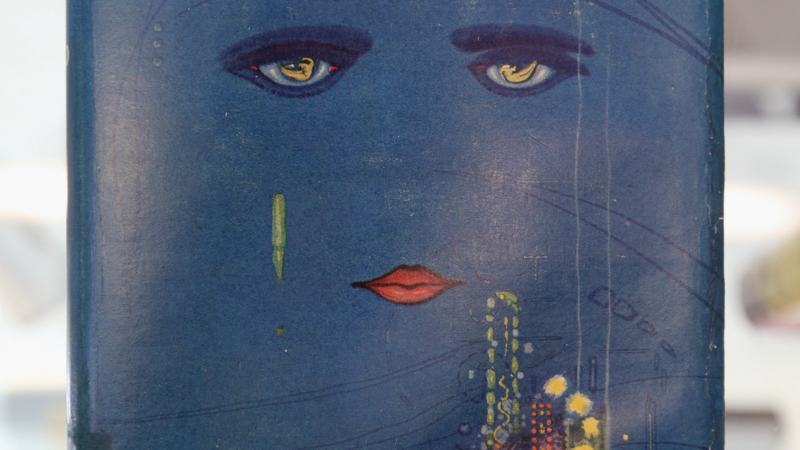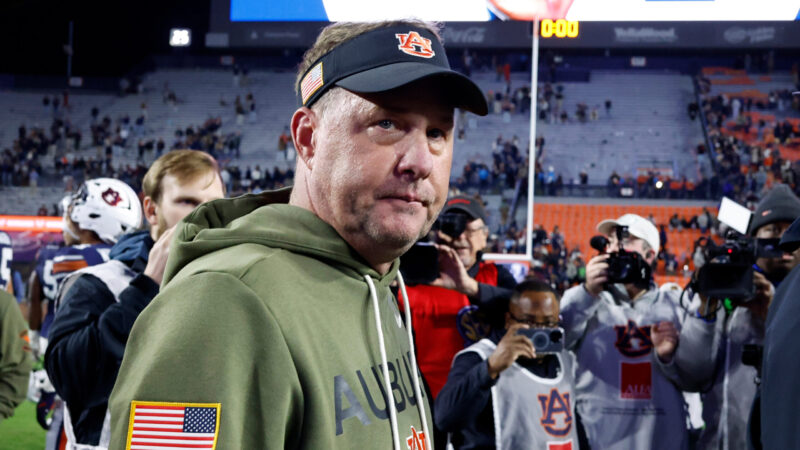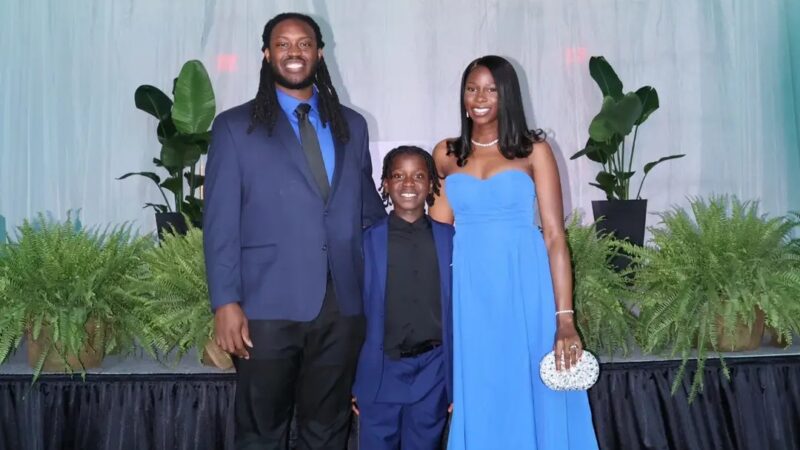100 years later, ‘The Great Gatsby’ still speaks to the troubled dream of America
The Great Gatsby — 100 years old? How can that be? To borrow the words F. Scott Fitzgerald used to describe New York City in the 1920s, The Great Gatsby possesses “all the iridescence of the beginning of the world.”
The novel’s main characters are young in a restless America reveling in the excess of the new Modern Age — an age whose anxieties have resurfaced with fresh intensity in our own moment.
Great works of art are great, in part, because they continue to have something to say to the present: They’re both timebound and timeless. And, boy, does Gatsby have something to say to us in 2025.
Recall that the novel takes place in the summer of 1922 on Long Island and in New York City — a city that was then the center for contemporary debates about the threat of foreign influences, so-called racial “pollution,” and the ascendance of the liberated “new woman,” embodied in the novel by the professional golfer, Jordan Baker.
Post-WWI New York had been transformed by the colossal second wave of immigrants, mostly from eastern and southern Europe, that had begun pouring into the city in the late 1880s. By 1920, only 1 million of the city’s 6 million residents were white, native-born Protestants.
There was also a massive internal migration going on back then: Black Americans were relocating from Southern rural areas to cities like Chicago, Detroit and New York. No wonder, then, that Tom Buchanan — that boorish, bullying embodiment of white, male, Old-Money privilege — introduces himself in Chapter One of the novel by spouting ideas from a popular book on eugenics that he’s been reading:
“Civilization’s going to pieces. …” [insists Tom]
“[I]f we don’t look out the white race will be — will be utterly submerged. It’s all scientific stuff; it’s been proved.”
In addition to ruminating about how far the promise of America could or should be extended to include immigrants, women and people of color, The Great Gatsby is also freshly topical because it’s our Great American Novel about class. All the other major contenders — and I’m thinking of books like Huckleberry Finn, Moby Dick, Beloved — foreground the issue of race.
The compressed geography of Long Island and New York — made mythic in the novel — allowed Fitzgerald to speed his characters through high-class East Egg to wannabee West Egg and past the working-class Valley of Ashes to explore the limits of the American Dream of social mobility.
Fitzgerald himself said his novel was about “aspiration.” But aspiration doesn’t guarantee success. Remember that Jay Gatsby, the character who strives, who stretches out his arms to that green light and all it represents, is dead at the beginning of this retrospective story.
No surprise, then, that The Great Gatsby has been and continues to be on lists of books challenged and pulled from school libraries as our frenzy of book banning rages on. Blame all that drinking, extramarital sex and a lurking doubt about the meritocratic promise of America.
But the banners aren’t reading the novel carefully enough. For, even as The Great Gatsby tells us the American Dream may be a mirage, it does so in some of the most beautiful language anyone has ever written about America, particularly the last seven or so pages of the novel where Nick Carraway talks about “man’s” search for “something commensurate to his capacity for wonder.” As a wise former student of mine once said about The Great Gatsby, “It’s the Sistine Chapel of literature in 185 pages.”
Fitzgerald would be stunned to know that celebrations of Gatsby’s centennial are taking place around the world this year. The novel was largely forgotten at the time of his death in Hollywood in 1940 at the age of 44. Back then, unsold copies of the first edition of Gatsby were still gathering dust in Scribner’s warehouse.
Fitzgerald would also be stunned to know that The Great Gatsby has been one of the most read novels in American high schools; indeed, it may be one of the few things that unites us. At the risk of sounding like a killjoy, I wish everyone would ditch those Roaring Twenties parties and, instead, celebrate Gatsby’s 100th by reading or rereading this matchless novel about the troubled dream of America.
Auburn fires coach Hugh Freeze following 12th loss in his last 15 SEC games
The 56-year-old Freeze failed to fix Auburn’s offensive issues in three years on the Plains, scoring 24 or fewer points in 17 of his 22 league games. He also ended up on the wrong end of too many close matchups, including twice this season thanks partly to questionable calls.
In a ‘disheartening’ era, the nation’s former top mining regulator speaks out
Joe Pizarchik, who led the federal Office of Surface Mining Reclamation and Enforcement from 2009 to 2017, says Alabama’s move in the wake of a fatal 2024 home explosion increases risks to residents living atop “gassy” coal mines.
‘It’s like feeling the arms of your creator just wrapped around you’: a visit to a special healing Shabbat
Members of Temple Emanu-El in Birmingham gathered recently for their traditional Friday Shabbat service. But this particular service was different, as could be seen by all the people dressed in their finest pink.
Space Command is coming to Huntsville. What might that mean for first-time homebuyers
While Huntsville has been a more affordable market than other growing cities, what’s it been like for those looking for their first home?
Colorado says relocation of Space Command to Alabama is ‘punishment’ for mail-in voting
The litigation announced by Colorado Attorney General Phil Weiser asks a federal judge to block the move as unconstitutional.
Breaking down Alabama’s CHOOSE Act
It’s been a year since Alabama legislators passed the CHOOSE Act allowing families to apply for state funds to use towards homeschool expenses and tuition for participating private schools. The Alabama Daily News’ education reporter Trisha Powell Crain has been diving into how the funds are being used. WBHM’s Andrew Gelderman sat down with her to talk about what we’re seeing so far.









